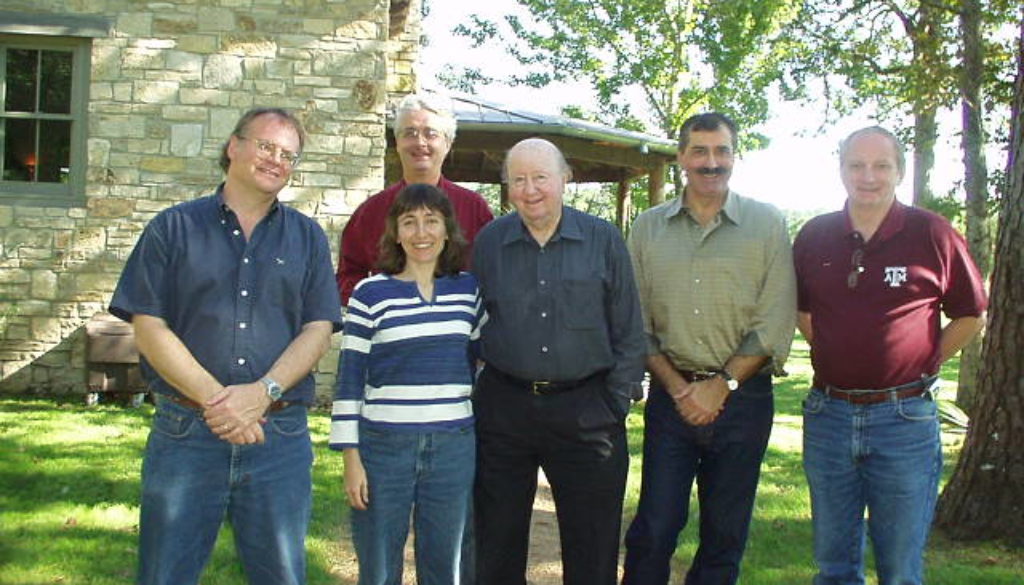Texas A&M Reaches for Stars
As part of a campus-wide explosion in faculty numbers, the physics department at Texas A&M University in College Station aims to launch a top-notch astronomy program.
Overall, the campus is increasing its faculty size by 450, or 25%, by 2008. Physics faculty will swell from 45 to 60, with at least four of the new positions slated for astronomy and cosmology. “This is the nation’s fifth largest university, and our goal is to go from no astronomy program whatsoever to one of the world’s leading programs in observational cosmology and astronomy,” says Texas A&M physicist Roland Allen.
Two alumni are key to realizing the physics department’s astronomy plans. George Mitchell, a real estate magnate and petroleum engineer, has given nearly $7 million to the department. Charles Munnerlyn, a Ph.D. in optical engineering and a pioneer in the development of laser vision correction, has contributed more than $3 million.
After hearing Stephen Hawking say on National Public Radio a few years ago that his “biggest disappointment in 25 years was the cancellation of the SSC [Superconducting Super Collider],” says Mitchell, “I talked to people at A&M, and we arranged a meeting [with Hawking].” That led to Hawking’s ongoing participation in a series of Mitchell-financed symposia at the university. Mitchell’s donations also go toward, among other things, endowed chairs and participation in the Giant Magellan Telescope. Joining the GMT, one of several next-generation telescopes under discussion worldwide, “should help attract smart young people to A&M,” says Mitchell. “I want to see A&M in general become a more prestigious university.”
Will the university be able to realize its lofty dream of having a top 10 astronomy program? The idea goes back to a recommendation from an external review panel, says physics department head Edward Fry. “I think the university will jump through all sorts of hoops to hire extraordinary people.”
The post Texas A&M Reaches for Stars appeared first on Texas A&M College of Science.
